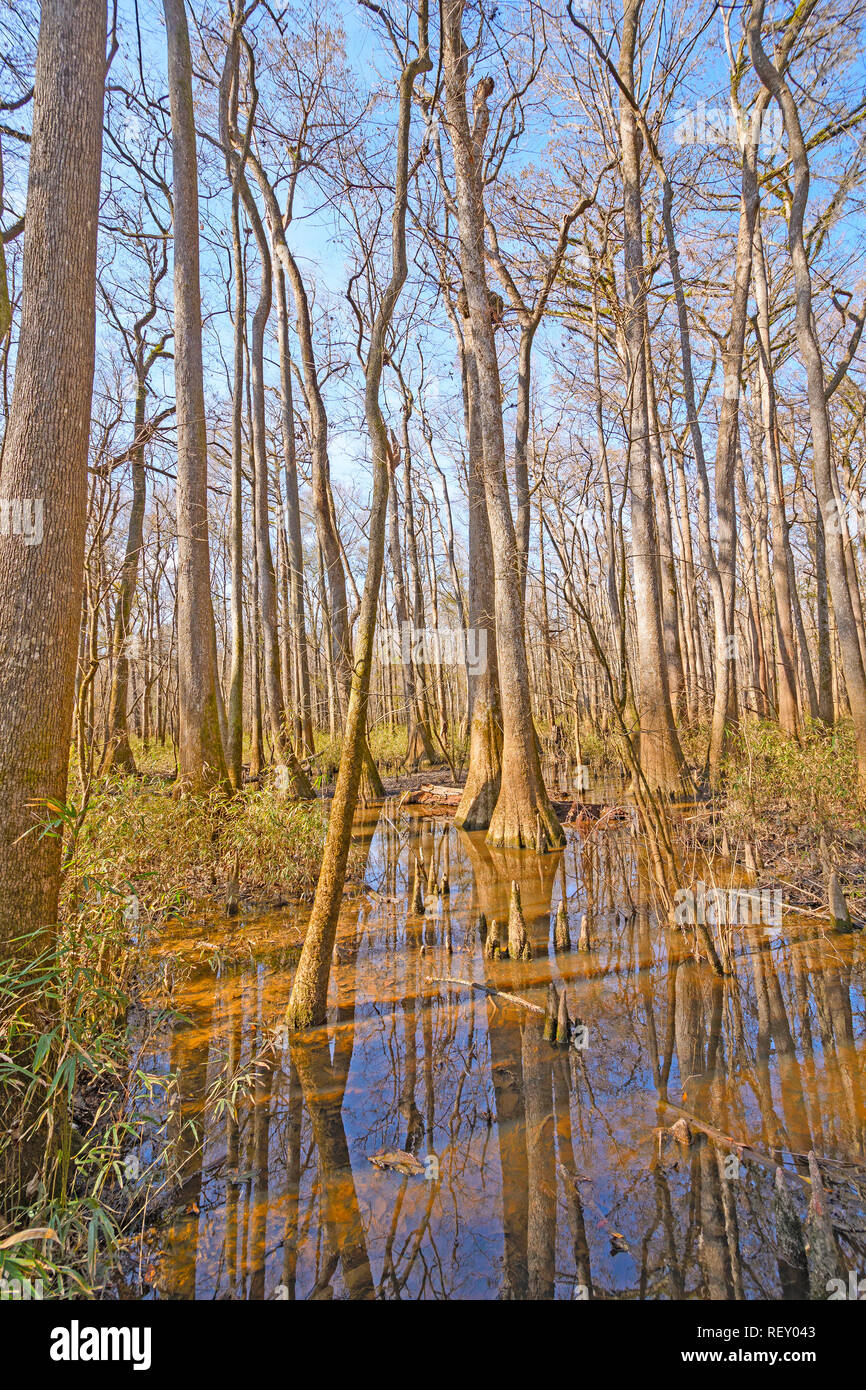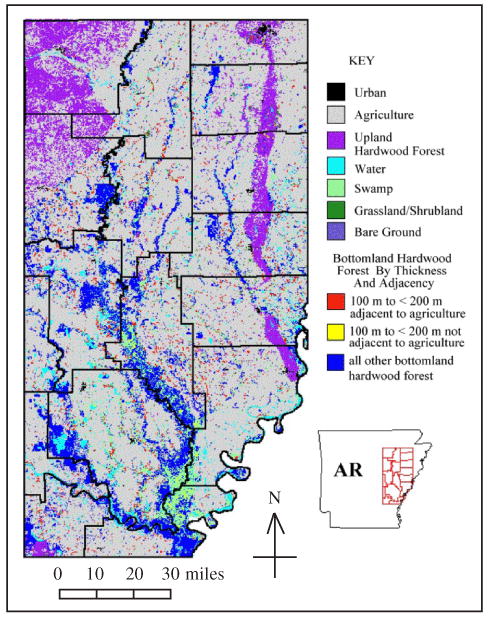The reforestation of bottomland hardwood sites with mast producing species including oaks and hickories is the most important step in achieving the goal of ecological restoration in bottomland hardwood systems stanturf et al.
Bottomland hardwood forest concept.
1982 mcwilliams and rosson 1990.
These lowland forests grow along river bottoms and tend to flood during the rainy season.
These forests are subject to occasional scouring action of fast moving floodwaters.
Bottomland hardwood forests can reduce the risk and severity of flooding to downstream communities by providing areas to store floodwater.
Bottomland hardwood forests are floodplain forests that are periodically inundated or saturated during the growing season.
They are found along rivers and streams of the southeast and south central united states generally in broad floodplains.
Numerous attempts at bottomland hardwood restoration throughout eastern texas have been largely unsuccessful.
It occurs in floodplains along major rivers and streams notably along the missouri and mississippi rivers.
A bottomland hardwood forest is basically a swamp or deciduous forested wetland.
Bottomland hardwood forests support a great variety of tree and shrub species.
Bottomland hardwood forests are seasonally flooded forests located along waterways.
These ecosystems are commonly found wherever streams or rivers at least occasionally cause flooding beyond their channel confines.
Historic blhs were a product of the natural hydrologic and geomorphic processes associated with their adjacent rivers.
Bottomland hardwood forests blh are found in temperate humid regions of the southeastern us primarily on alluvial floodplains adjacent to rivers.
Bottomland hardwood forests are river swamps.
In the southeastern united states floodplain forests are referred to as bottomland hardwoods blh.
To provide the scientific basis to manage southern bottomland hardwood and wetland forests and associated stream ecosystems for a sustained yield of forest products and other desired values.
A special kind of bottomland forest is riverfront bottomland forest also called riparian forest or just riverfront forest.
Typical tree species growing in these forests range from cottonwoods and sweetgums to cherrybark oaks water oaks and hickories.
These forests are critically important to biodiversity wildlife carbon storage recreation and clean water in the south.







